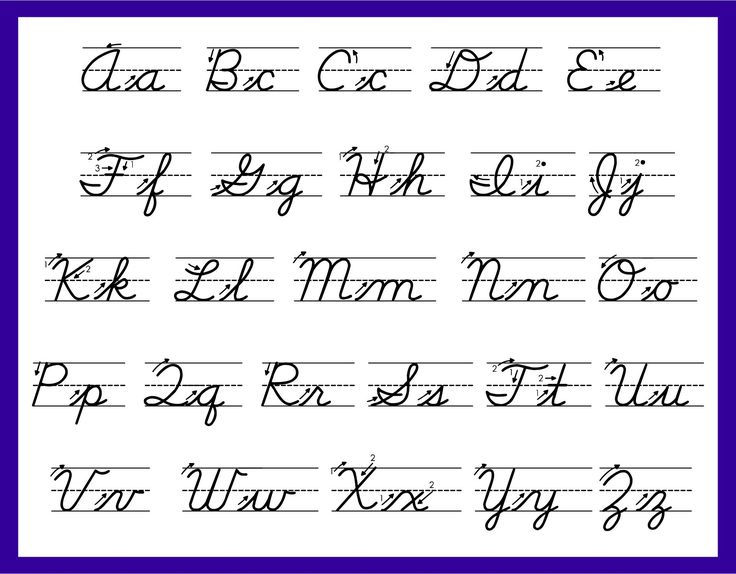The Case for Cursive
- kiehart

- Sep 30
- 2 min read
I thank my grade school teachers for the compliments I've received over the years on my handwriting. I remember forming the letters of the alphabet into curves and magically joining the letters. I recall being mystified by the capital Q. As a teenager, I developed a signature that strayed a bit from the style we were taught in grade school. I printed the capital "J" and then wrote the "udy" in cursive. I've kept the style for over 50 years.
Imagine my surprise when I learned cursive is no longer taught in the classroom! I'm told that it's been a couple of decades since cursive was part of the curriculum. So I did some research to discover that there wasn’t a single moment when cursive vanished from classrooms—it was more of a gradual retreat. Here's what I learned:
Early 2000s: Cursive began to decline as schools shifted focus toward standardized testing and digital literacy.
2010: The introduction of the Common Core State Standards marked a major turning point. These standards, adopted by 41 states, did not include cursive handwriting as a required skill, leading many schools to drop it from their curriculum.
Post-2010: Keyboarding and digital communication took center stage. With limited classroom time, many educators prioritized typing over penmanship.
The fun thing about cursive is that, although we learn the basics—how to make a capital "M" or a lowercase "g"—we eventually adapt the art into a unique style that becomes our signature. Mom's penmanship was all loops and swirls while Dad had a tighter control of the pen with pointed corners and straight lines. I am happy I thought to save some samples of their penmanship. But cursive writing isn’t just about styles—it actually activates the brain in ways that typing doesn’t. Here's what the research shows:
What Happens in the Brain When You Write in Cursive
Enhanced Brain Connectivity: Writing by hand—especially in cursive—stimulates more complex neural activity than typing. EEG studies show that cursive activates widespread brain regions, especially those tied to memory and learning.
Improved Memory Encoding: Cursive writing synchronizes brain waves in the theta range (4–7 Hz), which are crucial for encoding new information. This primes the brain for deeper learning.
Boosted Fine Motor Skills: The fluid motion of cursive demands precise hand movements, which strengthen motor coordination and spatial awareness.
Better Retention and Comprehension: Students who take notes in cursive tend to retain information better than those who type. The act of forming letters by hand engages visual, motor, and cognitive processes simultaneously.
Since 2016, a resurgence began, and as of 2024, 25 states have reintroduced cursive instruction into public schools, citing benefits like improved brain development and historical literacy. Washington does not require cursive writing instruction statewide, but individual school districts may choose to teach cursive, and some do—especially in early grades or as part of handwriting development.
I’ll continue to believe that cursive is worth learning—even in a world full of other ways to write.





I love cursive writing
That is what helped me deal woth my brain tumor
I came home from therapy & practiced
Every day
Ann Marie